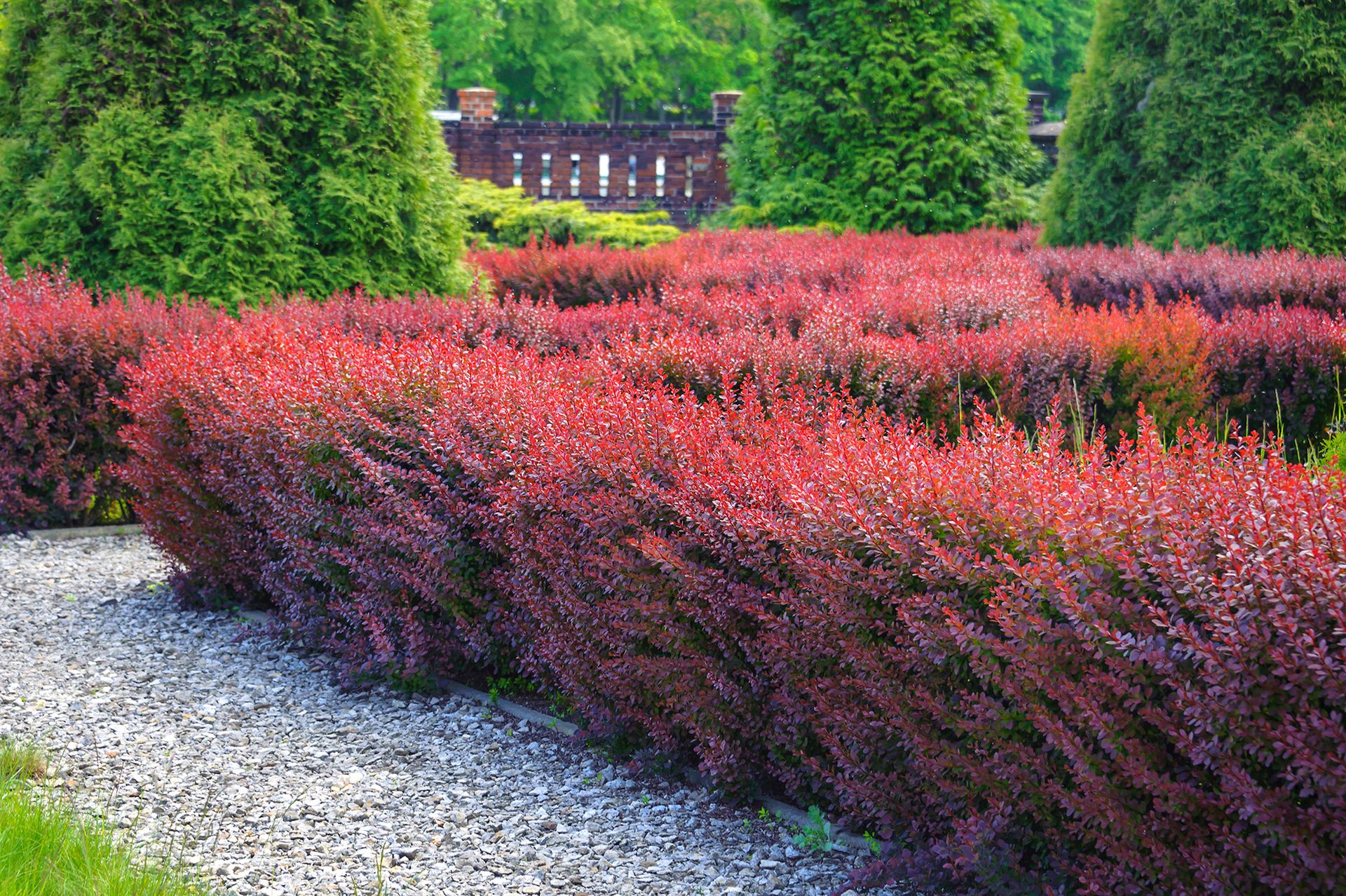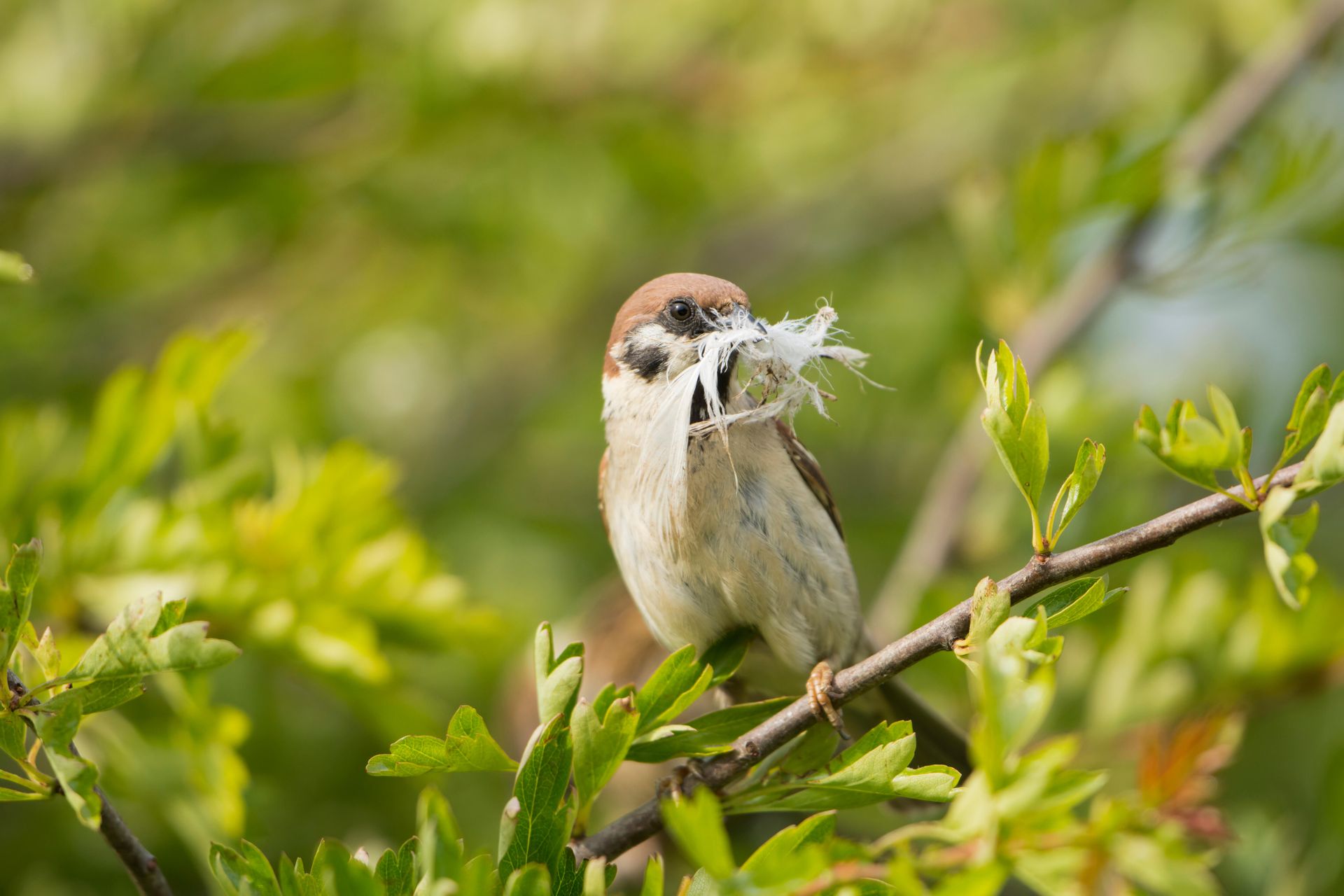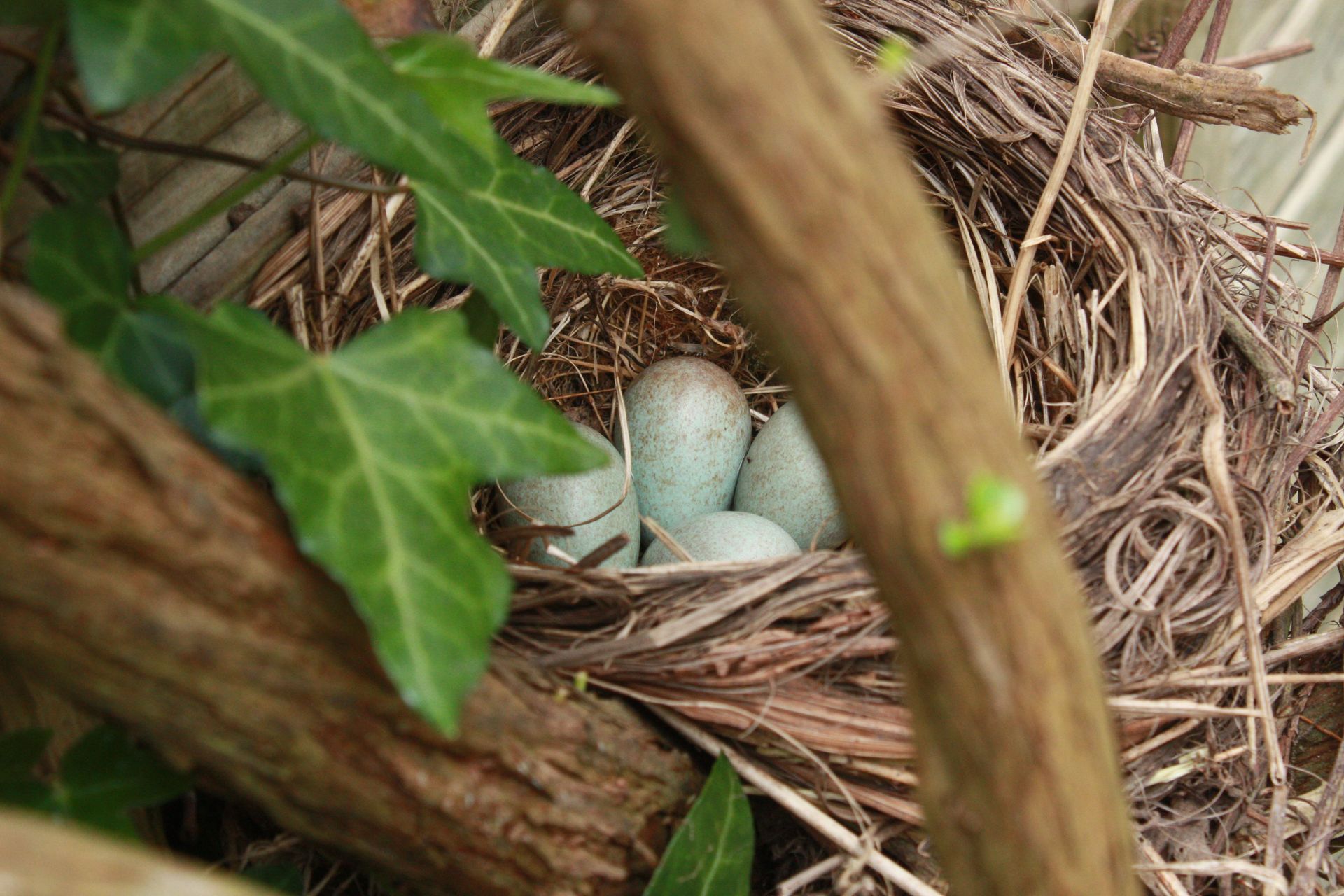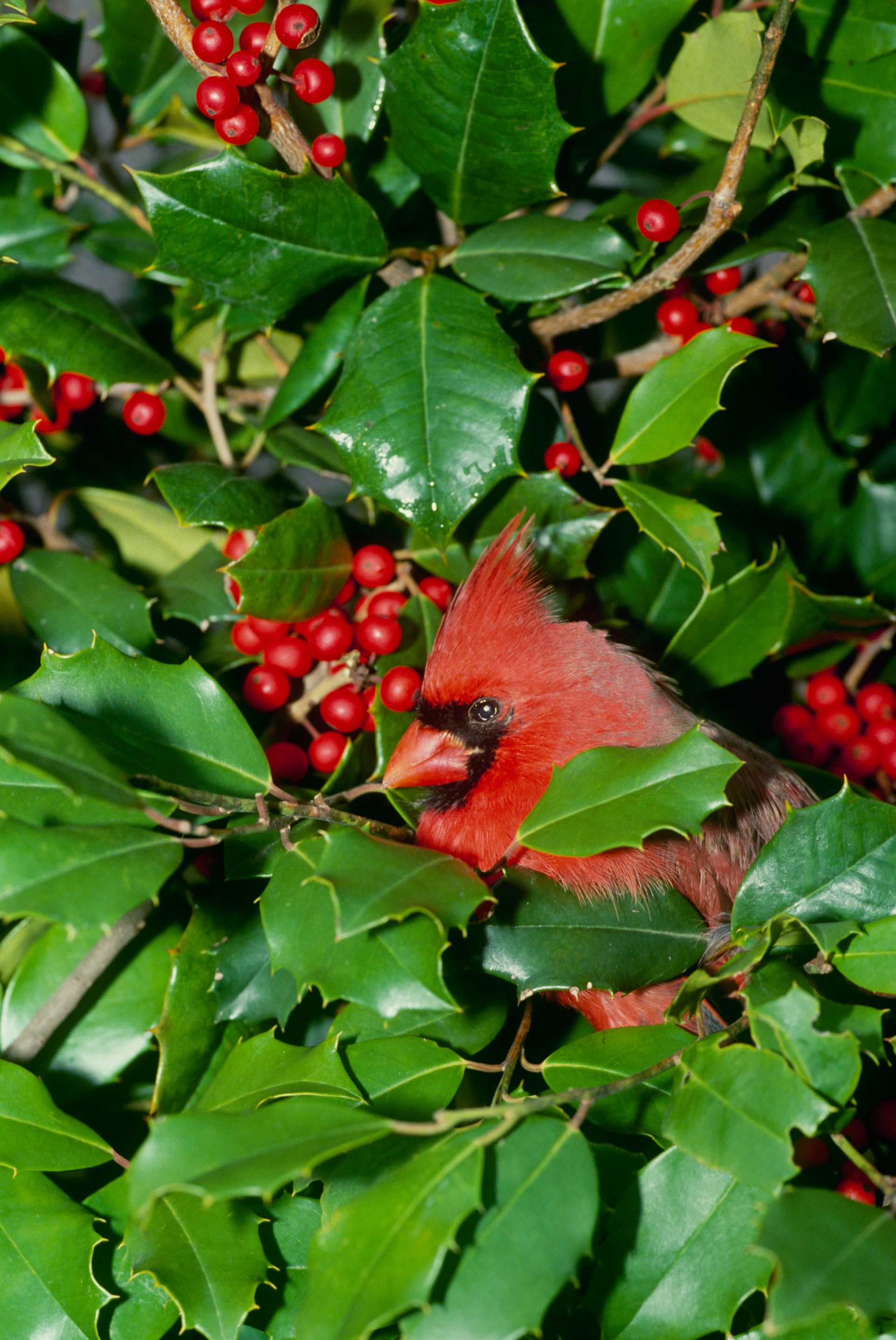If you are hoping to make your backyard much more eco-pleasant, planting a hedge for wildlife is one particular of the most straightforward but most effective matters you can do.
An invaluable addition to wildlife backyard thoughts, planting a hedge will give birds and other going to insects and animals a beneficial source of foods and habitat.
‘When wanting to embrace sustainable backyard suggestions, plant hedges for your boundaries around fences each time. Hedges are fantastic for wildlife, and the ecosystem, far too. They supply a habitat and take in air pollution. Use mixed wildlife hedging in rural spots and dense evergreens in the city ecosystem,’ advises H&G‘s yard specialist Leigh Clapp.

Leigh Clapp is a professional photographer with above 25 many years knowledge, primarily as a backyard specialist photojournalist. She delights in exploring gardens, discovering the very small aspects to their general essence and meeting tons of enthusiastic gardeners alongside the way. Leigh’s operate appears in journals, newspapers and guides, which includes Feng Shui Backyard Design and style (opens in new tab), Vertical Gardens (opens in new tab) and From the Yard (opens in new tab), all obtainable on Amazon.
How to plant a hedge for wildlife
Some of the ideal speedy-developing hedges are also wonderful for wildlife. What is actually more, you can combine planting for wildlife with defining the form and framework of your backyard’s boundaries by planting privacy hedges, much too. Backyard fence thoughts, on the other hand, no matter if picket or metal, restrict wildlife highways, avoiding animals from touring from property to property. Whilst you can set up wildlife-pleasant baseboards, these only provide a limited advancement. So, instead, find out how to plant a wildlife hedge to provide worthwhile meals, habitat, and stability for birds and other wildlife.
1. Plant hedges for wildlife at the right time
Hedges are very best planted in spring or tumble when the floor isn’t frozen, dry or waterlogged. Plant bare root and root-balled kinds as shortly as they arrive or heel in (like when planting roses) until eventually all set to plant. Mobile-grown and potted hedge plants can be still left a minor extended but will need to be kept watered and be planted prior to they outgrow their pots.
2. Select the correct combine of species
A mix of deciduous and evergreens is finest but stay clear of mixing much too numerous species – two to three is most effective, planted informally so they all mingle jointly as they expand.
3. Mark the hedge line
Mark the hedge line utilizing sand and choose whether or not to use a one or double row. A one row will be much less expensive to improve but a double row presents larger influence and privateness.
4. Plant the hedges
‘Cultivate the soil to 12in (30cm) deep, allow it settle or tread organization and use a few crops for each property (meter) for a single row and six-eight for a double,’ endorses horticulturalist and writer Anne Swithinbank – her most current publications are offered on Amazon (opens in new tab).
If no rain is forecast, h2o in.
(Impression credit: Alamy)
Finding the great placement for a wildlife hedge
The major part of a hedge of any type is to provide privateness. This will dictate the sizing and area of your hedge and will also guidebook your other yard privacy ideas.
‘Plant a hedge at least 3ft absent from the boundary on your land. This will enable to prevent opportunity complications with neighbors and, if they trim the hedge to your boundary line, the main stems won’t be destroyed. Do make it possible for area for trimming on your facet, as well – do not fill borders proper up to the hedge or you will trample about the vegetation in entrance when you need to trim it,’ explains yard professional Leigh Clapp.
Urban vs. rural hedges
When it comes to choosing the greatest hedges for wildlife, it is important to take into account where you dwell.
You need to decide on crops that will prosper in your backyard’s soil. A failing hedge will not only seem disagreeable but will be of minimal gain to wildlife.
‘Urban backyards are normally more inclined to moist or waterlogged soils, with drinking water operating off difficult surfaces. Alder (Alnus glutinosa) and Willow (Salix capraea) are perfectly worthy of looking at for damp soils prone to being waterlogged. Urban soils are normally not as naturally balanced so it will aid to use topsoil and fertilizer to give your plants the very best possibility of setting up,’ points out Jamie Shipley, managing director at Hedges Direct (opens in new tab). ‘Rural areas are normally more influenced by drought and dry soils. Brachyglottis could be utilized to increase a splash of yellow to drought-prone gardens, when Berberis hedge vegetation can add a vast spectrum of color to a back garden in need of drought-tolerant hedging.’
It is also a great plan to merge two or 3 kinds. Make sure you combine speedy-rising hedge vegetation, which will fill out your hedge and offer privacy, together with other hedging vegetation that deliver berries and habitat for birds and wildlife.
(Picture credit rating: Alamy)
Planting distinctive hedge types
When it arrives to creating your hedge there are quite a few selections: pot developed mobile grown root-balled and bare-root. Pot and cell grown are a lot more inexpensive and less difficult to plant but will demand patience to create though root-balled and bare root will give fast coverage but are extra expensive.
The practicalities of planting your hedge for wildlife will depend on the choice you pick. ‘For pot-developed and mobile-grown vegetation, your trench desires to be about twice as huge as the pots or root buildings. Root-balled and bare-root plants will have to have a trench 2 times as wide as the root composition. For pot-grown plants, plant them at the similar depth as they ended up in the pot, or in the circumstance of bare root and root balled vegetation, plant to the moist line on the most important stem exactly where you can see they had been previously planted in the fields. Cell-developed demands an inch of soil around the top rated of the roots,’ clarifies Jamie Shipley at Hedges Direct.
Why are hedges good for wildlife?
As opposed to fences, hedges offer shelter, security, and foodstuff for wildlife. Once recognized, a hedge can provide the great spot for birds to create their nests and raise their younger, specifically if you consist of a thorny plant as this will provide additional defense from predators.
(Picture credit: Alamy)
What hedge is finest for wildlife?
‘Consider native hedging to recreate the neighborhood ecosystem inside your spot as substantially as feasible. Species-wealthy, combined hedging will inspire greater biodiversity and support distinct varieties of wildlife. Picking a wildlife-helpful hedge with spiky foliage, such as Blackthorn or Holly, supplies a bushy habitat that retains foodstuff resources and nests safe and sound from predators, these types of as cats or other bigger birds.
‘Planting these hedges about the base of a hen desk or hanging feeder can also protect unsuspecting birds as they eat,’ advises Jamie Shipley at Hedges Direct. ‘Also be positive to incorporate a plant with berries to feed the birds and flowering hedging crops these kinds of as Dog Rose and Chook Cherry which have flowers that catch the attention of bees and butterflies.’
(Picture credit score: Alamy)
Is a hedge much better than a fence?
Certainly, a hedge is greater than a fence. A hedge delivers better stability – it is more difficult to climb a spiky hedge than it is to climb a fence. Hedging gives extra rewards to wildlife – supplying foodstuff, habitat and safety. Choose for flowering and evergreen versions and a hedge will be additional aesthetically pleasing than a fence.




